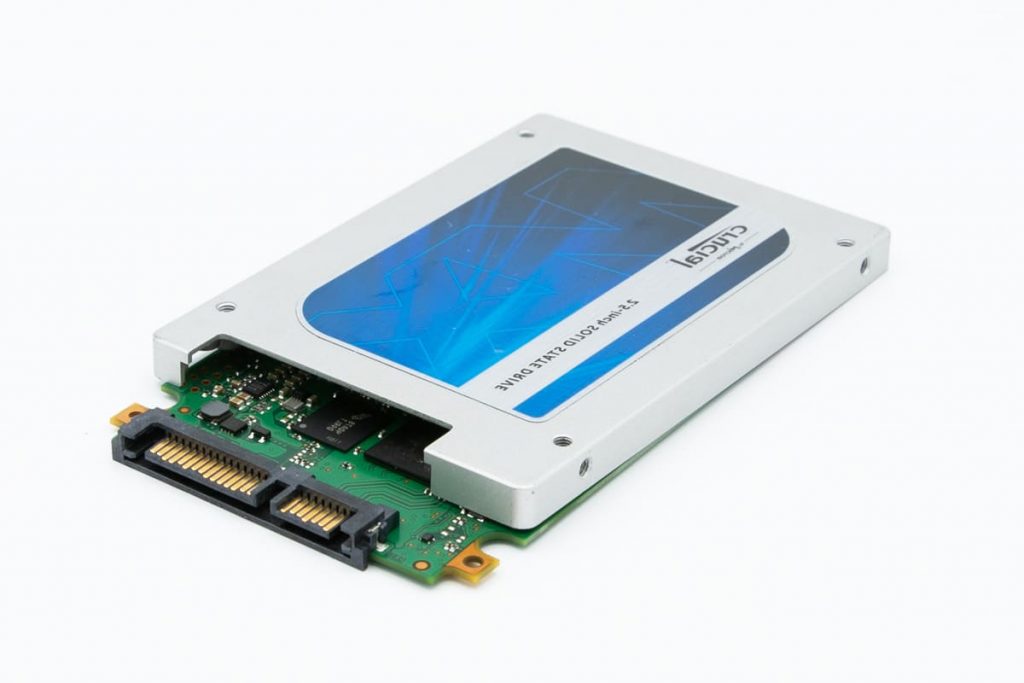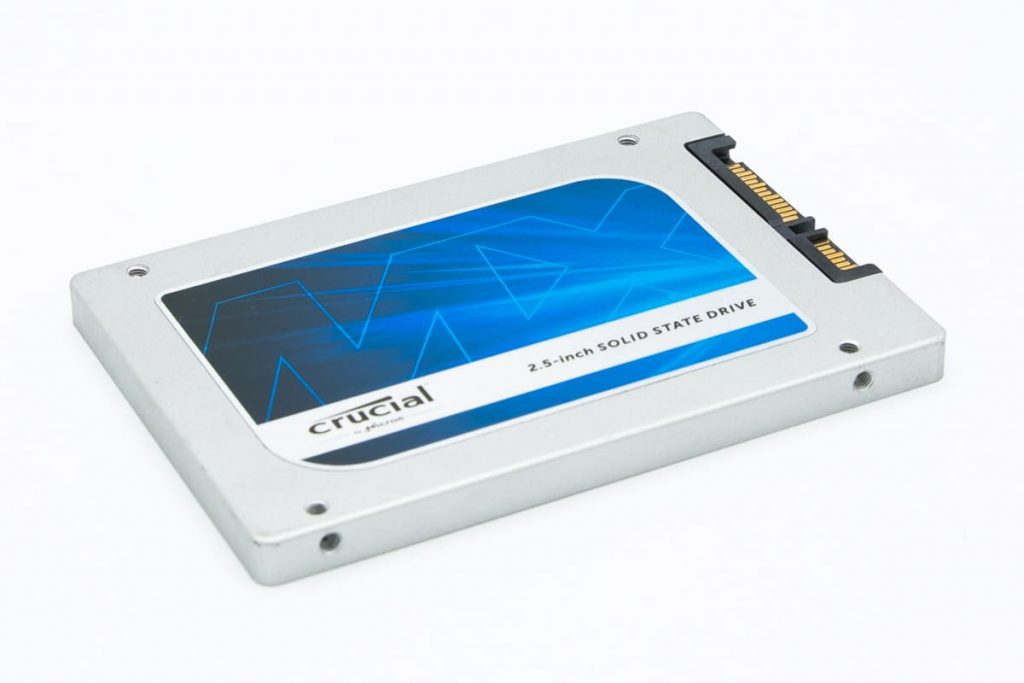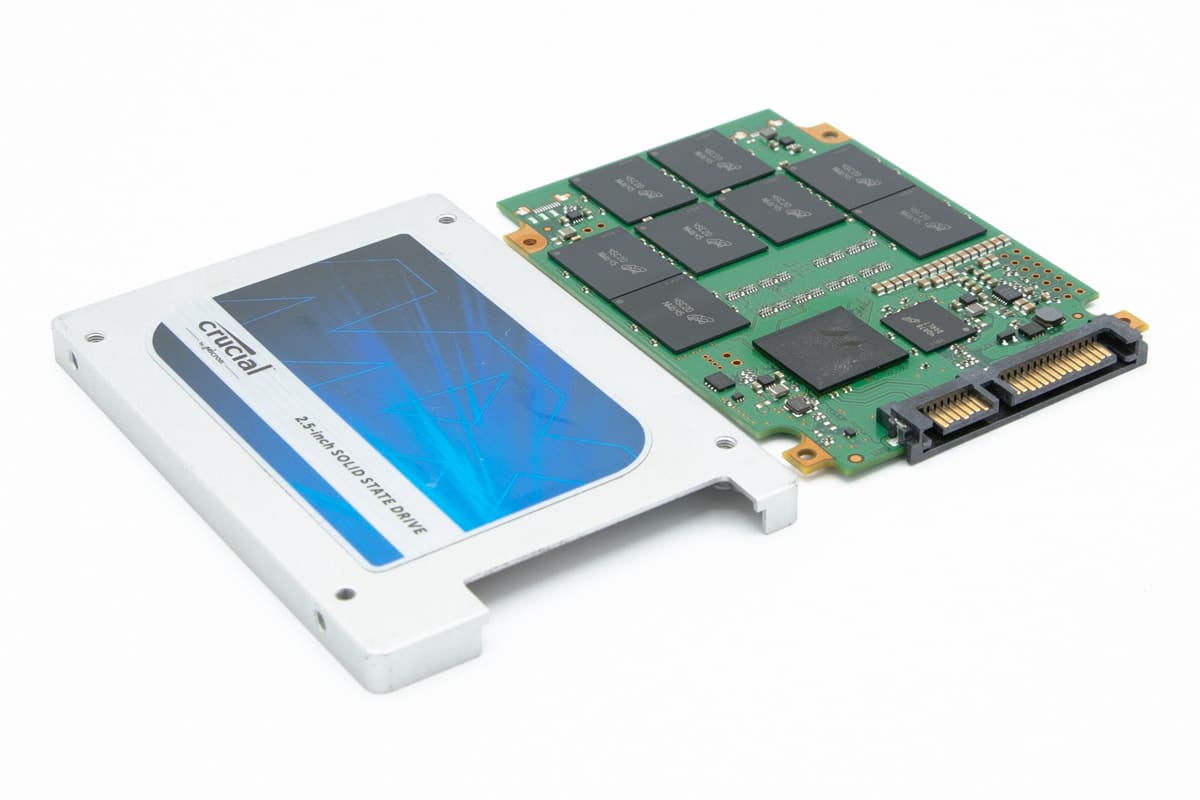Solid State Drives (SSDs) are increasingly popular storage devices that offer faster read/write speeds and increased durability compared to traditional hard drives. However, like all technology, SSDs are not immune to wear and tear.
The lifespan of an SSD depends on various factors, including usage patterns, storage capacity, and environmental conditions. If you want to increase the lifespan of your SSD, there are several steps you can take to ensure that it operates efficiently and effectively for years to come. In this blog, we will discuss some tips on how to increase SSD life expectancy.
Monitor Your Usage
TRIM is a feature that helps maintain the performance of SSDs. It is a command that tells the SSD which blocks of data are no longer in use and can be erased. This allows the SSD to reclaim and prepare the space for future use.
TRIM support is enabled by default on most modern operating systems, including Windows and macOS. However, you should check if it is enabled on your system. If it is not, you can enable it by following the instructions provided by your operating system’s manufacturer.
Enable TRIM Support
TRIM is a feature that helps maintain the performance of SSDs. It is a command that tells the SSD which blocks of data are no longer in use and can be erased. This allows the SSD to reclaim and prepare the space for future use.
TRIM support is enabled by default on most modern operating systems, including Windows and macOS. However, you should check if it is enabled on your system. If it is not, you can enable it by following the instructions provided by your operating system’s manufacturer.
Avoid Overheating
Overheating can cause damage to your SSD and reduce its lifespan. SSDs generate heat during operation, and if they are not cooled properly, the temperature can rise to levels that can damage the drive.
Therefore, it is important to ensure that your SSD is adequately cooled. You can do this by ensuring that your computer’s cooling system works correctly, keeping it in a well-ventilated area, and avoiding using it in direct sunlight.

Avoid Filling Your SSD to Capacity
Filling your SSD to capacity can reduce its lifespan. SSDs work by writing data to a series of memory cells. When an SSD is full, it has to delete data from these cells to make room for new data.
Use Your SSD for Operating Systems and Applications Only
SSDs are best used for storing the operating system and applications that you use regularly. This is because operating systems and applications are read frequently but are not written as often as other types of data, such as documents and media files.
By storing your operating system and applications on your SSD, you can reduce the number of writes to your drive, thus increasing its lifespan. Moreover, this will significantly increase the speed of your appliance.
Avoid Defragmenting Your SSD
Defragmentation is a process that organizes the data on a hard drive to make it easier to access. However, this process is not required for SSDs. In fact, defragmenting an SSD can reduce its lifespan.
SSDs work differently than traditional hard drives, and defragmenting an SSD can cause unnecessary writes and wear on the drive. Therefore, you should avoid defragmenting your SSD.

Use Power Management Settings
Power management settings can prolong the SSD lifespan. You can configure your operating system’s power management settings to reduce the time your SSD is actively used. This will help lessen the number of writes to the drive and the amount of heat generated.
You can also configure your computer’s BIOS settings to reduce the power the SSD drive consumes. This can be done by enabling the Advanced Host Controller Interface (AHCI) mode, reducing the energy consumed by the SSD and extending its lifespan.
Use Anti-Virus Software
Using anti-virus software can help protect your SSD from malware and viruses that can cause damage to your drive. Malware can cause the SSD to wear out faster by generating unnecessary writes to the drive. Therefore, it is important to use anti-virus software and keep it up to date to protect your SSD.
Backup Your Data Regularly
Backing up your data regularly is important to ensure that you keep all important files in case of a drive failure. SSDs are reliable but can still fail due to various factors, including power surges, physical damage, and wear and tear. Therefore, it is important to back up your data regularly to a separate storage device, such as an external hard drive or cloud storage. This way, you will avoid data loss on your flash memory drive.
In conclusion, increasing the lifespan of your SSD requires a combination of good practices. By following these tips, you can ensure that your SSD performs optimally and lasts for the long term.
Request Help
"*" indicates required fields
